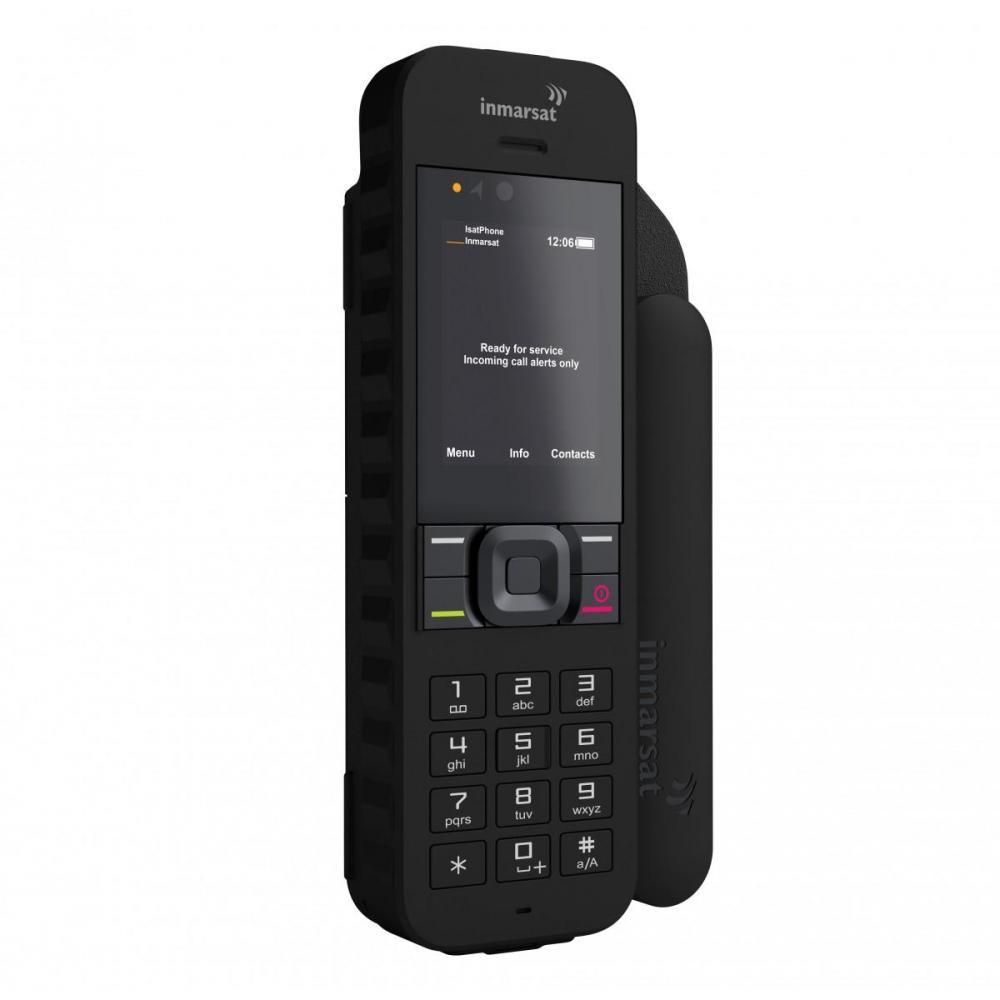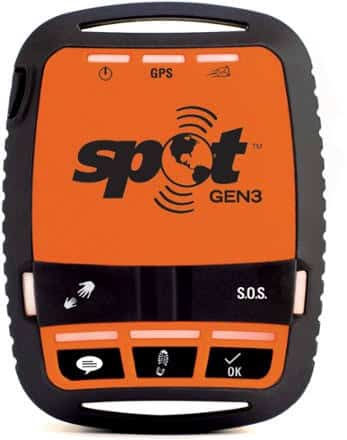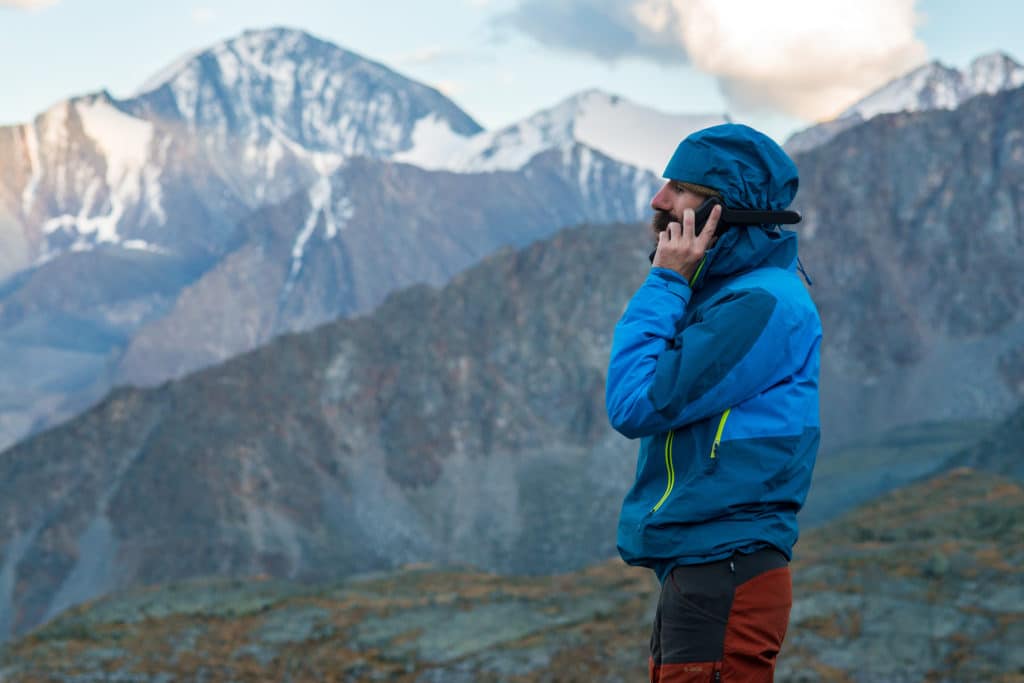For Emergencies on the Trail — Who You Gonna Call and with What Device?
May 03, 2018
The ideal time to consider the best communications options for your backcountry trip is not after you’ve arrived at the trailhead, only to discover you can’t get a signal on your smartphone.
Ensuring you have a reliable means of reaching the outside world — especially during a backcountry incident or emergency — is an item on your checklist that should come way before you’ve parked the car, struggled into your backpacks and are a half-mile down the trail.
Cellphones with sketchy service might be acceptable for a quick four-hour hike within a populated area, but what are your choices should you be heading out on a multi-day adventure in a desolate wilderness area or a national park?
Possessing a reliable device when you need to communicate with people outside the immediate group of hikers accompanying you is a must. Because when it becomes necessary to communicate with search and rescue professionals, things probably aren’t going as smoothly as you had hoped.
And that’s when you want the best user-friendly device you can afford. Here at The National Center for Outdoor Adventure & Education (NCOAE), we recommend you become familiar with two or more communications systems you might want to carry with you into the backcountry.
Below are several suggestions from which to choose, keeping in mind that the choices you make — especially in an emergency situation — can make a world of difference in the success of your wilderness adventure and the safety of those in your care and charge. The pros and cons of each are described below:
 Satellite phones — These are handheld phones that use a mobile satellite communications network.
Satellite phones — These are handheld phones that use a mobile satellite communications network.
- Pros: You can call out and directly speak with a person to give details about your specific situation.
- Cons: The environment could cause problems in your connection, and there is limited battery power. And you can’t just dial 911. You need to know the actual number you want to call. In addition, they’re expensive, costing $1,000 or more. And they require additional service fees.
- Suggestion: Some companies/outfitters rent satellite phones for short-term use.
- Pro-Tip: Create and bring with you a notecard containing a list of emergency phone numbers.
![]() Personal locator beacons — PLB’s are compact devices that send a one-way emergency message via satellite to alert rescue teams of your location.
Personal locator beacons — PLB’s are compact devices that send a one-way emergency message via satellite to alert rescue teams of your location.
- Pros: They’re small, lightweight and easy to operate once the user is properly trained. Some models require no subscription fees, and the battery can last up to five years.
- Cons: Responders only know your GPS location and that there is an emergency. No additional details are available to search and rescuers that could expedite the First Aid or rescue process. You also don’t know that your message was received.
- Suggestion: Be sure you and the members of your group are familiar with operation of the device. False “triggers” have occurred.
 Satellite emergency notification device — SENDs are also compact devices, each allowing two-way satellite messaging with rescue teams or family members at home.
Satellite emergency notification device — SENDs are also compact devices, each allowing two-way satellite messaging with rescue teams or family members at home.
- Pros: Reliable two-way messaging means you know your message was received. The system also allows you to text non-emergency updates and progress reports.
- Cons: These devices require a subscription service at an additional cost.
- Suggestions: Again, educate users and receivers of messages. And because SEND isn’t necessarily an urgent message vehicle, let people outside the field know that you may send updates, not just emergency information. Also train users to be responsible with outside communication and use of the device.
Today’s backcountry communication systems are lightweight, reliable and convenient lifesavers that can make your excursion safer. But they are not a substitute for basic preparedness. The best protection is to be trained in wilderness medicine and the basics of backcountry risk management, as well as to know everything a guide needs to know about the environment you’re hiking, biking, skiing or climbing in.
NCOAE is here to help prepare you for leading backcountry and wilderness adventures. If you would like more information on courses or advice on travel or how to become an expert in wilderness trekking, please visit us online at www.ncoae.org.
——————–
About the Author: Stephen Mullaney is the staff development director at The National Center for Outdoor & Adventure Education (NCOAE) in Wilmington, N.C., where he is responsible for the training and education of NCOAE’s field instructors. He is a member of the North Carolina Association of Educators (NCAE) and has taught within the Durham, N.C., public school system. Stephen received his undergraduate degree in English from Framingham State University, and his Master’s Degree in Education from North Carolina Central University.
TALK TO US
Have any further questions about our courses, what you’ll learn, or what else to expect? Contact us, we’re here to help!

Leave a comment